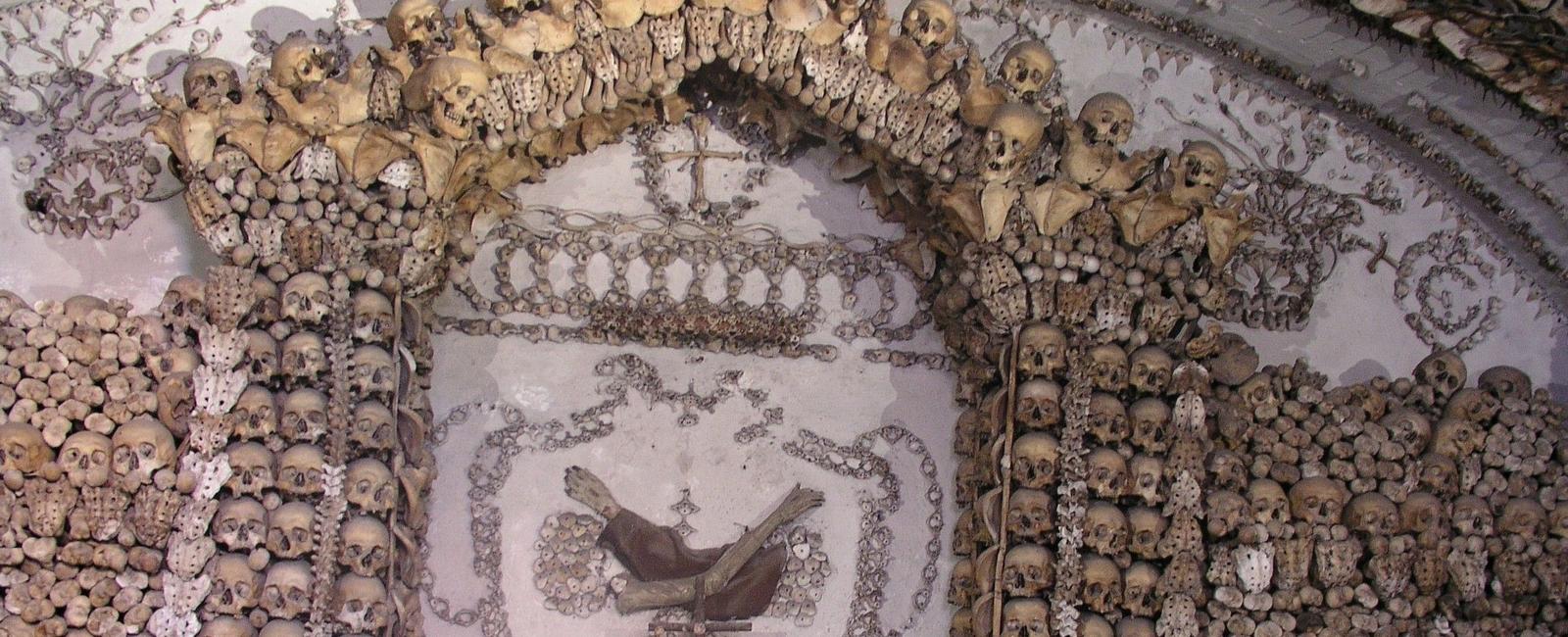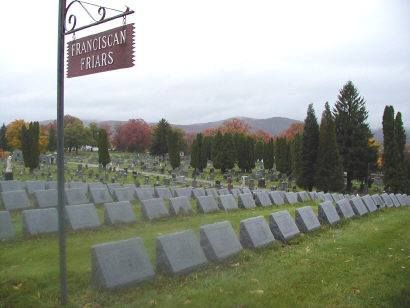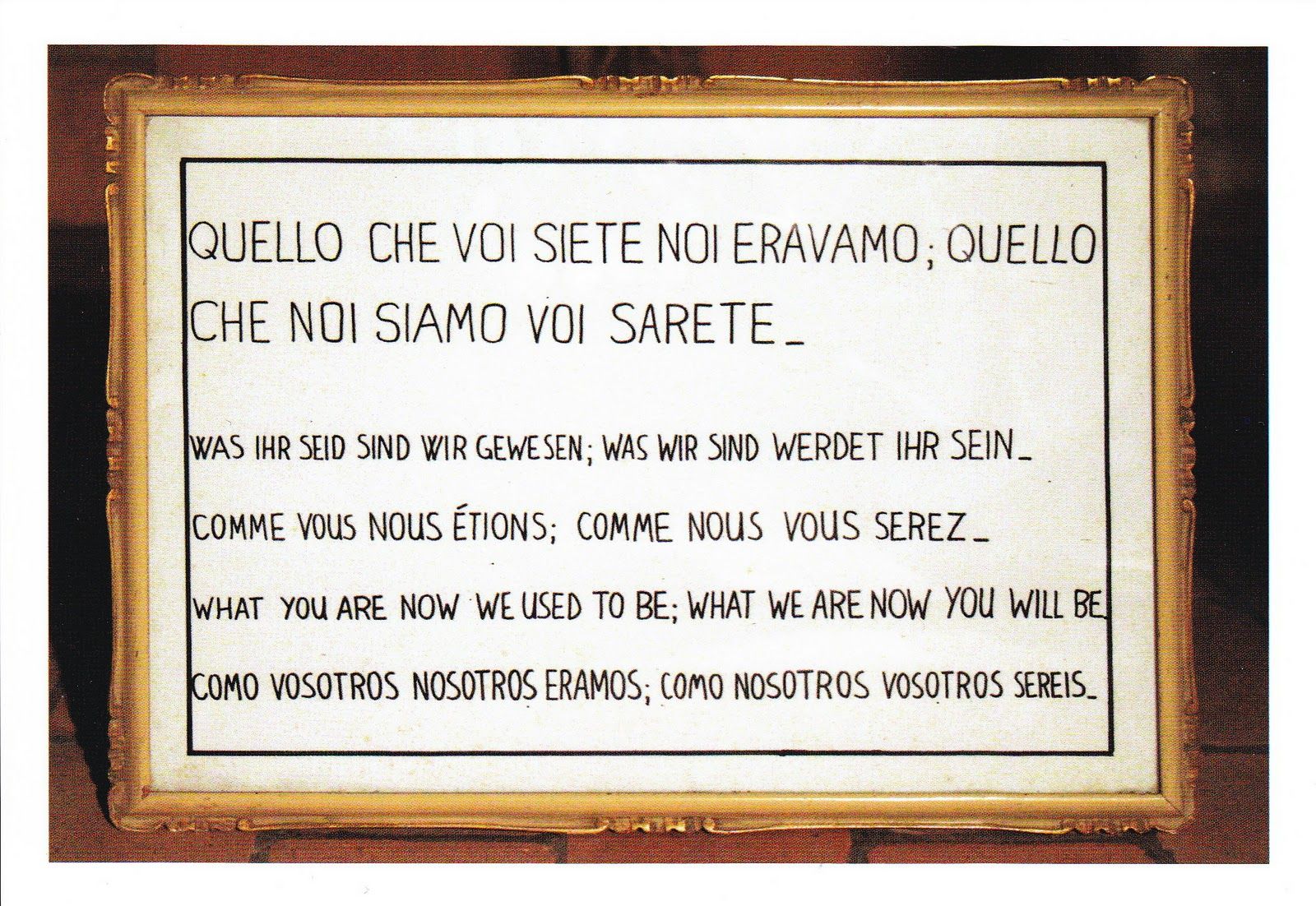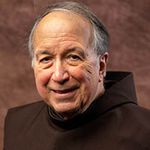Commemoration of All Souls of the Seraphic Order

On November 5, many Franciscan communities of men and women have a special day of remembrance of their deceased members: "All Souls of the Seraphic Order." Already, the Early Rule of the Friars Minor (1221) stipulated: "Every day. . . let them say the Psalm 'Out of the depths' (Ps. 130), with an 'Our Father' for the deceased brothers" (3.5). The Rule of St. Clare and the Rule for the Brothers and Sisters of Penance also exhort the sisters and brothers to pray for the dead. These first Franciscans were conscious that care for our brothers and sisters does not end with death—rather, we are always bound together in the communion of saints. Franciscan communities compiled necrologies so that they could remember their deceased brothers and sisters.
Franciscan theologians such as Alexander of Hales and Bonaventure contributed greatly to the development of the Catholic doctrine of purgatory in the Middle Ages. Alexander took for granted that "few in number are those in the Church whose merits are so sufficient that they need not pass through purgatory. . ." but he also believed that living members of the Church could come to their aid: "The common pain of the universal church, crying for the sins of dead believers, praying and lamenting for them, aids in their satisfaction." Of course, medieval Franciscans also believed that their deceased brothers and sisters who were already enjoying fullness of life with God also interceded for them, assisting them on their earthly journey.

Friars' Plot, St. Bonaventure Cemetery, Allegany, New York
Consciousness of our human mortality—that we would soon join those who have gone before us—was very much present to earlier Franciscan generations. Especially during the Baroque period, spiritual masters stressed constant meditation on death. The chapels in the crypt of the Capuchin Church in Rome, where intricate designs were constructed in the 1700s from the remains of the deceased friars, were intended to serve as a memento mori: "What you are now we used to be; what we are now you will be."

The friars' warning has helpfully been translated into several languages for visitors whose Latin is rusty. The original plaque states: "Quod estis nos fuimus, quod nunc sumus vos eritis."
"Eternal rest grant unto them, O Lord, and let perpetual light shine upon them."
Main image: Design from one of the chapels in the crypt of the Capuchin Church in Rome (detail). (Photo credit: Dnalor 01 - Own work, CC BY-SA 3.0)
Dominic Monti, OFM
Professor of Franciscan Research in the Franciscan Institute of St. Bonaventure University
Dominic V. Monti, OFM, is a Franciscan Friar of Holy Name Province (USA) and currently professor of Franciscan Research in the Franciscan Institute of St. Bonaventure University. He devoted the greater part of his ministry to teaching the History of Christianity, in particular the history of the Franciscan movement. He has contributed two volumes to the Works of St. Bonaventure series and is author of Francis & His Brothers, a popular history of the Friars Minor.

